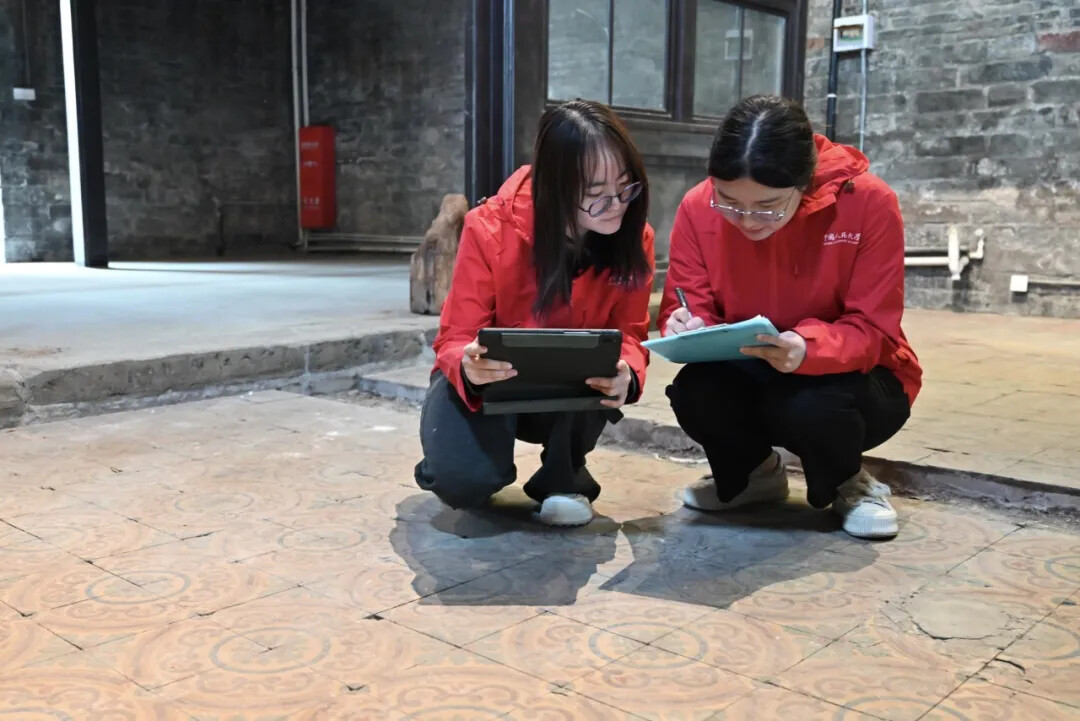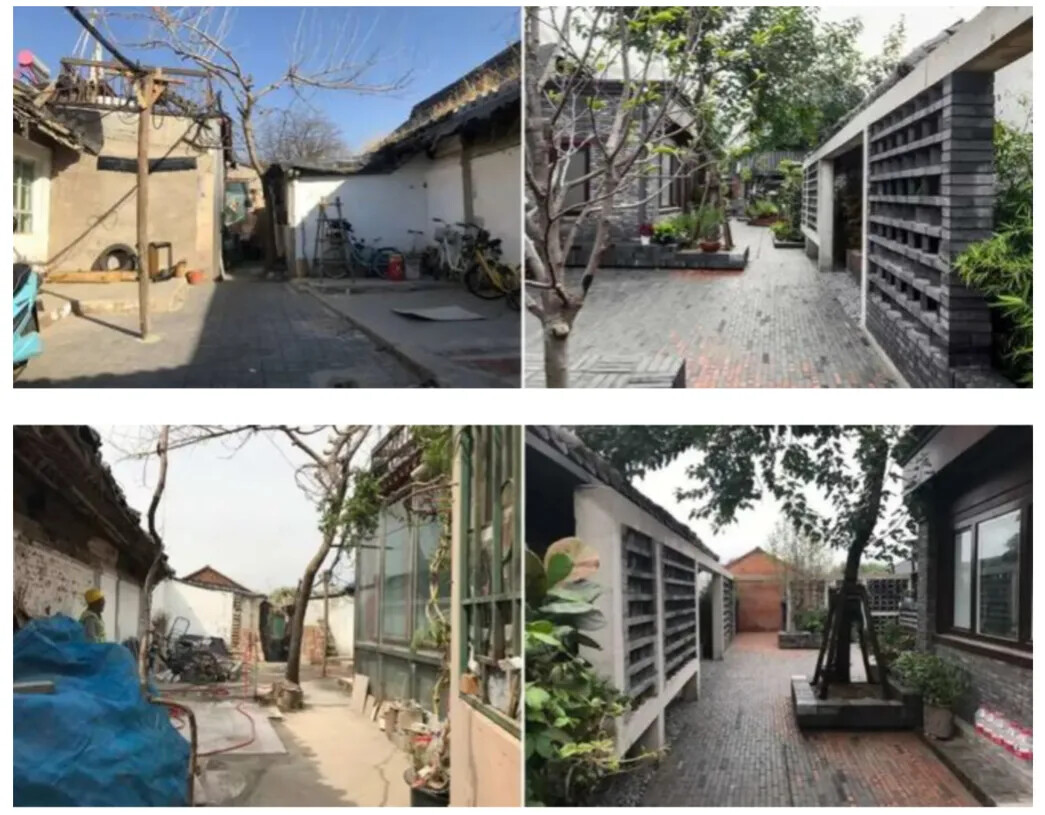In a remarkable effort to preserve historical heritage, students from Renmin University of China have been actively involved in the Fourth National Cultural Relics Survey, uncovering hundreds of potential cultural relic sites across the Dongcheng District of Beijing. Since May 2024, these student volunteers have dedicated over 15,000 service hours, covering 16 sub-districts and 174 communities, and identifying more than 800 clues related to cultural relics.
Discovering the Past in Modern Streets
The student volunteers, part of the “Pioneer Vanguard” training program and the “Red Boat Navigation” volunteer team, have engaged in an intensive “grid-based” survey. They meticulously explored the narrow alleyways and traditional hutongs, documenting historical architecture and cultural sites. Their efforts have not only contributed to the preservation of Beijing’s cultural heritage but also highlighted the importance of integrating historical preservation with modern urban development.

Example of survey forms used by volunteers.
Historical Finds and Cultural Roots
During their exploration, the volunteers discovered significant historical sites, such as the former site of Tongxinghe Furniture Store. This early 20th-century establishment was known for its exquisite furniture crafted by artisans from the Qing Dynasty’s Imperial Workshops. The volunteers also identified the former residence of the famous modern poet Ai Qing, located in a traditional courtyard house in Beixinqiao Community.

Volunteers surveying the exterior and interior details of the Tongxinghe Furniture Store.
Harmonious Coexistence of History and Modernity
The survey also highlighted successful examples of urban renewal and cultural preservation. In Yuer Hutong, for instance, traditional Beijing alleyways have been transformed into modern living spaces while retaining their historical charm. This balance between heritage protection and modern living has been praised by the volunteers as a model for sustainable urban development.

Before and after comparison of courtyard renovation in Yuer Hutong.
The Role of “Cultural Guardians”
The volunteers encountered many unsung heroes of cultural preservation, including local residents and retired cultural relics workers. These “cultural guardians” shared their knowledge and experience, passing on the torch of cultural heritage to the younger generation. Their dedication underscores the importance of community involvement in cultural preservation efforts.

“The Cultural Guardians” are teaching the volunteers.
A Future of Cultural Continuity
Despite challenges, the student volunteers remained committed to their mission. They learned to identify cultural relics through hands-on training and developed a set of practical guidelines. Their efforts have not only enriched Beijing’s cultural map but also inspired a sense of cultural pride and responsibility among residents.
As the Fourth National Cultural Relics Survey continues, the students’ work serves as a reminder that cultural preservation is a collective effort, involving both professionals and ordinary citizens. Their dedication to uncovering and protecting Beijing’s hidden treasures is a testament to the enduring power of cultural heritage and the importance of passing it on to future generations.


